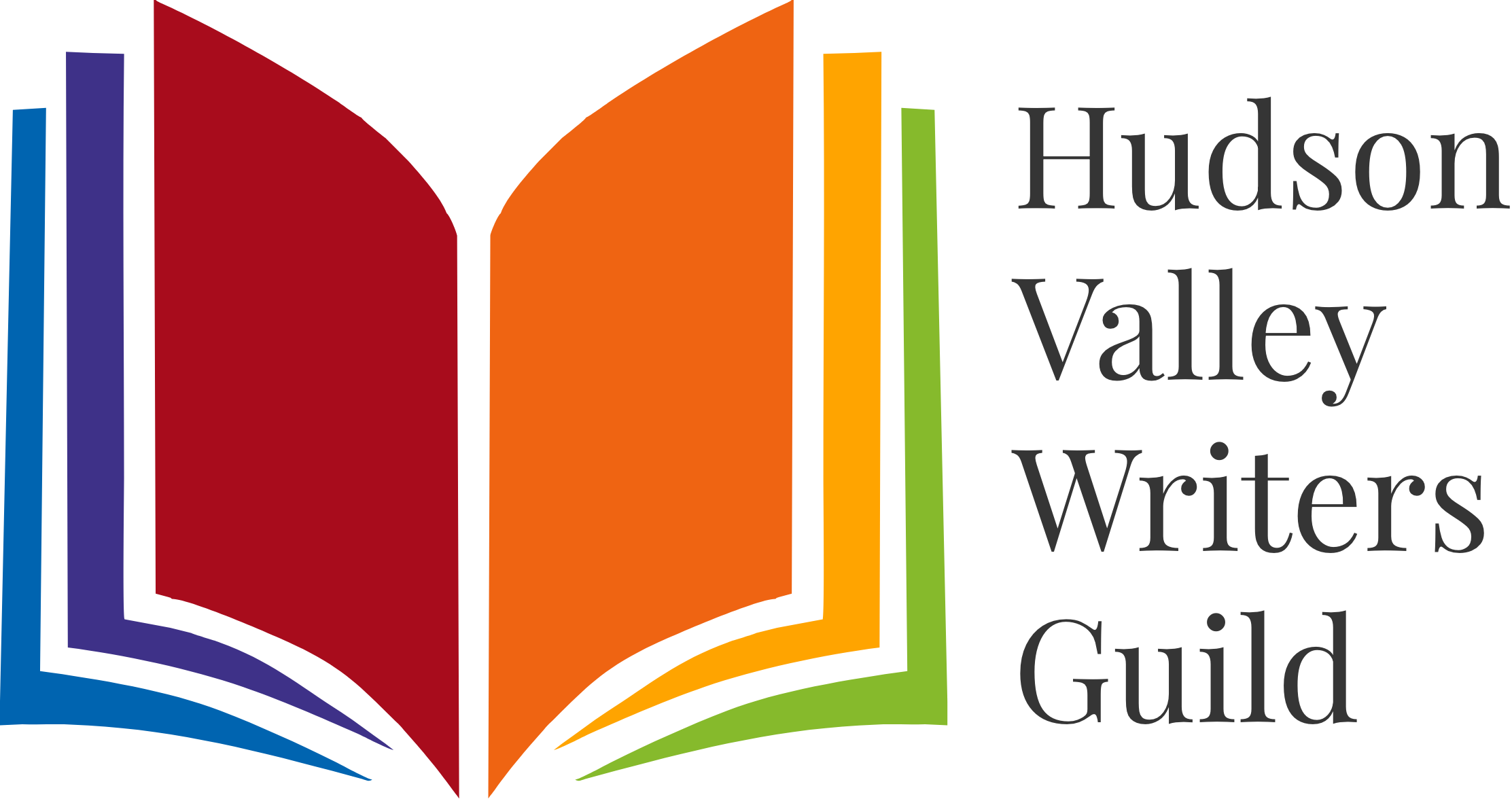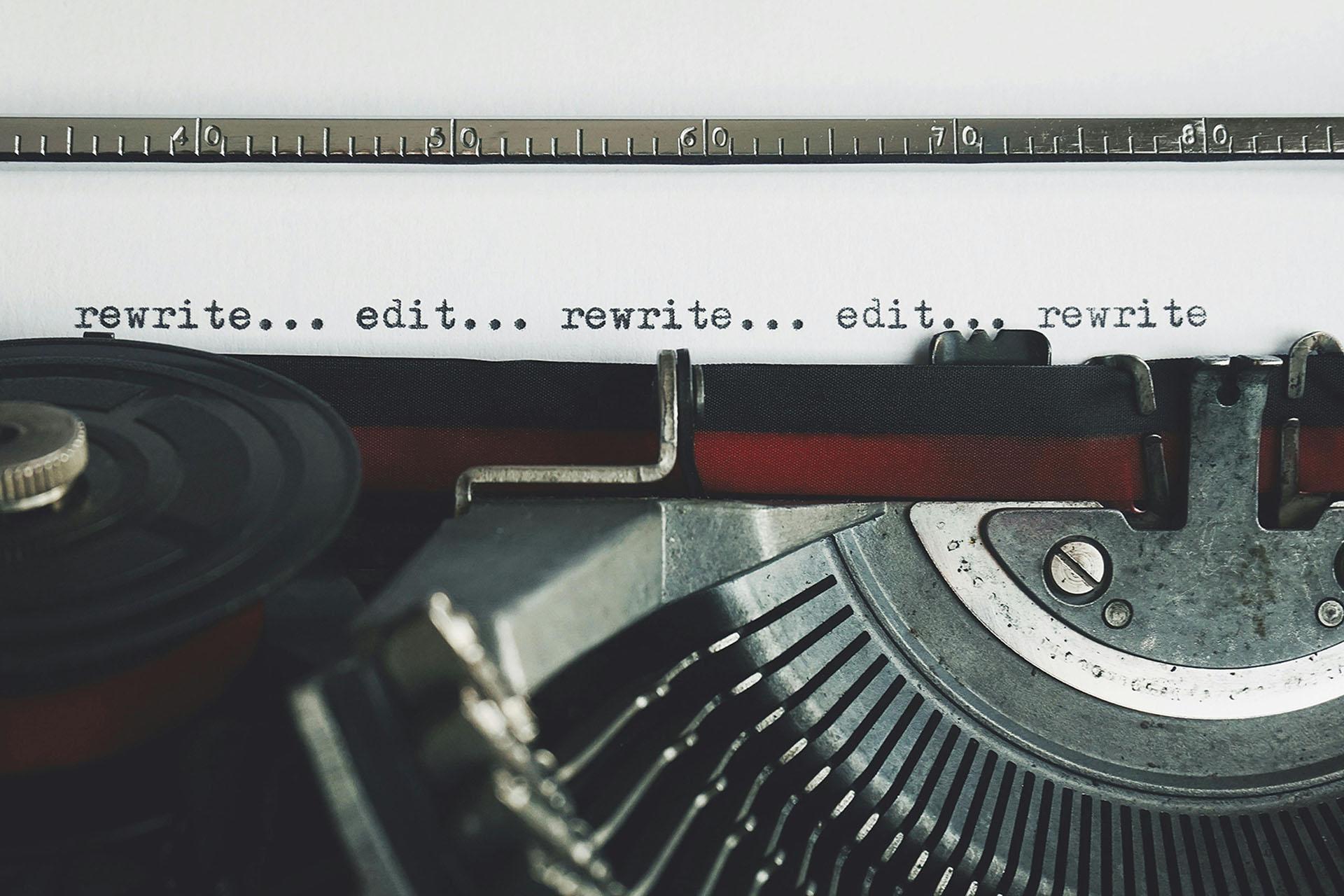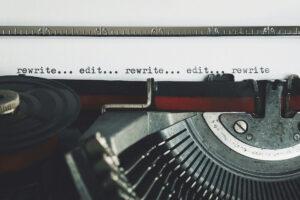Terminology and phrases related to topics regarding race, gender identity, sexual orientation, disability, and body size, change and evolve over time. For example, a term that may have been acceptable to use in the ’90s, is now outdated. While a term you hear today, you once understood as problematic. I’m a firm believer that writers should seek to use conscious and inclusive language in their works, in other words: language that is not biased, exclusive, or oppressive.
Not quite sure if the term or phrase you are using is widely accepted or preferred? Not quite sure if your story is unintentionally perpetuating harmful stereotypes? Here are two tips to help you edit for conscious and inclusive language and storytelling.
Tip 1: Check a style guide devoted to supporting conscious and inclusive language. There are many resources out there, but I’ve found the resources listed below to be commonly used among editing professionals.
Conscious Style Guide helps writers and editors think critically about using language—including words, portrayals, framing, and representation—to empower instead of limit. In one place, you can access style guides covering terminology for various communities and find articles debating usage.
National Center on Disability and Journalism covers dozens of words and terms commonly used when referring to disability.
The Diversity Style Guide is a resource to help journalists and other media professionals cover a complex, multicultural world with accuracy, authority, and sensitivity. The guide includes terms and phrases related to race/ethnicity; religion; sexual orientation; gender identity; age and generation; drugs and alcohol; and physical, mental and cognitive disabilities.
Native Governance Center is a Native-led nonprofit dedicated to assisting Native nations in strengthening their governance systems and capacity to exercise sovereignty. The goal of its Indigenous style guide is to show respect for Indigenous ways of being in the world in the publishing process and on the page.
Tip 2: Hire a sensitivity or authenticity reader. The Editorial Freelancers Association defines a sensitivity reader (also known as an authenticity reader) as a professional who reviews a manuscript for statements, portrayals, or perspectives that might offend, upset, or misrepresent people from a given group. Sensitivity reads are generally performed by members of the community referenced within the work. The purpose is to avoid misrepresentation of groups and the perpetuation of harmful stereotypes. One place writers can find sensitivity readers is on the Editorial Freelancers Association website.
I hope these resources and information will get you started on the right path to writing and editing and for conscious and inclusive language and storytelling.





